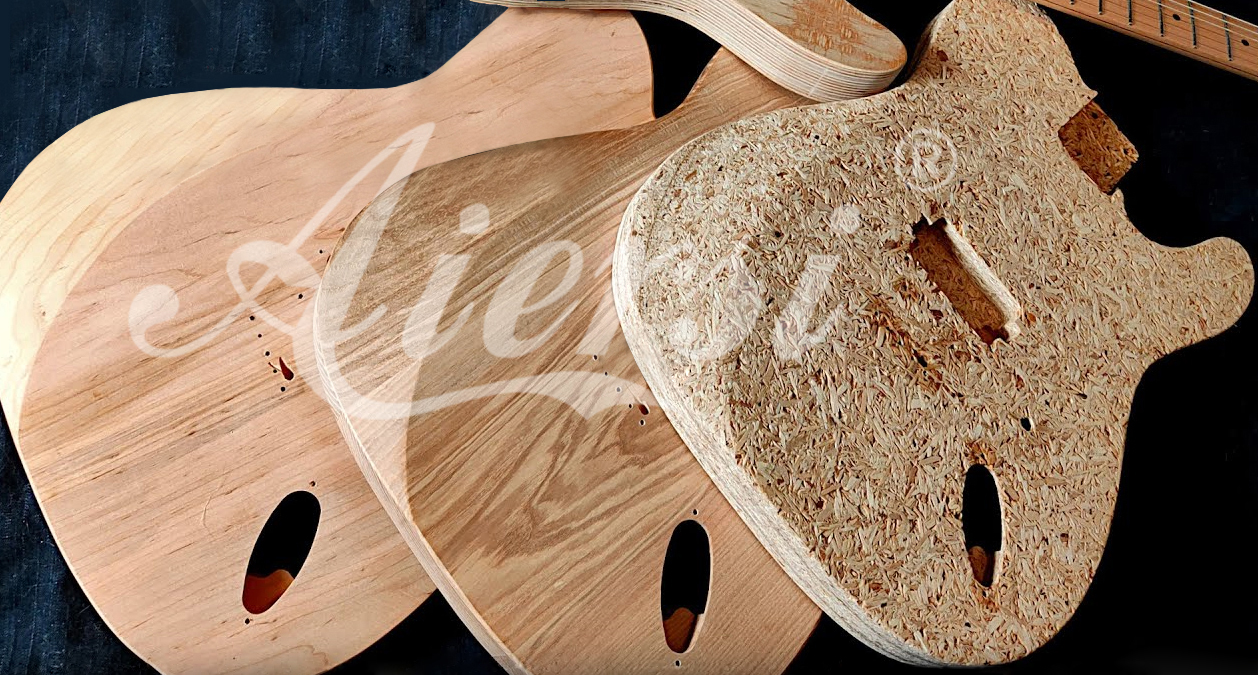
You Should Know
Does body wood matter in a solid body Electric guitar?
Yes, for lifetime ,Sound and Finishing
Now, beside reputation electric guitar brands from USA , there have many replica custom made electric guitar and bass from China. and a big wide for price difference . as chinese leading brand for guitar and bass, aiersi has worked with many custom guitar bands and guitarists. before cooperation, most them ask same question for price “tell me why your price is higher than other chinese supplier ” . because electric guitar and bass ,coming design or replica from US at first. all looks similar or same as fender, Gibson ,PRS and other reputation brands. but just looks similar . but most are big difference such as electronic hardware parts, string, machine head . also for materials. here is about material diference . even for solid wood material . there has difference for lindenwood ,mahogany, ,,, .
Solid body guitars are made from all manner of woods, from the very light and very soft poplar (a hardwood by seed covering) through basswood, ash (not so much these days), mahogany, limba, and an assortment of hybrid or lesser known woods from Asia. We have seen renewed interest in pine bodies as well, although this seems to be more about convincing someone that they are getting vintage build quality when in reality pine as guitar body wood was dropped for its lousy acoustic properties a long time ago.

Gibson Les Paul Custom – a classic solid body guitar with a 2 piece maple cap over mahogany body
If you’ve ever seen videos of really great luthiers selecting wood, you will seem them “tapping” the wood. They are listening for natural resonance, ring, and indeed sustain. Two pieces of the same species will sound different. A dull tap response will never produce as live a guitar as a ringing tap response. Those old white limba and black limba Gibsons had incredible tap response and that is one reason why original Flying V’s and Explorers sound as good as they do. That Les Paul Studio that is solid mahogany may actually have nicer resonance than a Standard with a thick maple top, but because it is marketed as a “lesser” instrument you may never find out. An early fifties Fender with an ash body sounds different when tapped than a current model with an Alder body, and everything taps better than an original pine body, because pine is very sap heavy and that sap hardens inside the wood variable making it less consistent from a resonance perspective.

Fender Custom Shop Rosewood Telecaster
You might conclude that wood density would have an impact on resonance and you would be correct. It also has an impact on mass, and so even if a wood has amazing tonal response (as does Ebony), it’s weight makes it impractical for many buyers and while Ebony is not scarce on the ground, human perception that the only good Ebony is jet black, really hurt Ebony sustainability. More Ebony was left to rot on the ground than ever went into piano keys and guitars. Kudos to guys like Bob Taylor who are making a difference for Ebony. Brazilian Rosewood is unobtainable, mostly because there was no protection against taking it down with no consideration for the silviculture process of replanting. That is changing and in about another hundred years, Brazilian Rosewood may return. Rosewood smells wonderful and comes in many variants but until you tap it, you don’t know if one is nicer to your ear than another. It’s also very heavy. I have a Fender rosewood Telecaster and it sounds like nothing else to tap, but it’s also super heavy and that dense tone may not appeal to all. Moreover it’s two pieces of rosewood with a maple layer between. Very different woods and that layering impacts tone not for the better. However it was a lot easier to find thin slabs of rosewood than thick ones. So Fender made a compromise. A business decision that made the guitars financially viable so regular people could save for and own one.
Wood tone does matter then when it comes to ring and sustain. Some folks argue that it is irrelevant because the pickups colour the tone and override the wood itself. Sorry Charlie, acoustics don’t work that way. A pickup is merely a microphone, and like other microphones response performance varies. A great hand wound pickup from Tim Mills (Bare Knuckle), Lindy Fralin, or Jason Lollar is always going to outperform some generic thing turned out by the thousands. One of the reasons that purists search for original Abigail Yberra single coils from the early days of Fender is that her work is a better microphone than a lot that came later, and those were every day pickups, not Custom Shop specials. Pickups impart colouration and tone shift just like great microphones. That’s why a serious engineer will choose a Neumann over a Samson microphone. Both can use the same principles, but one sounds better than another. However a Neumann will not make Billie Eilish sound like Sarah Vaughan, because their natural voices are different, the same as the same pickup will not make a dead sounding body sound like a live sounding body. You can spend a bomb finding a set of original Gibson PAF pickups but they are only going to sound as good as the wood that you mount them to.
Some of the appeal of old guitars (beyond the whole ego trip nonsense) is that the tone of wood changes as it ages, and if well preserved and well taken care of, that tone can get better over time. Part of this is the natural drying that will occur over decades and its impact on the cellular alignment and internal compression effects. Makers have recently been trying to fast age woods to get that tone. This process is called by many mcmarketing names, including baked, roasted, toasted but they all mean the same thing. The process is called torrefaction and all it means that the wood is placed for a period in a low temperature oven in order to accelerate the natural drying process.
This happens long after the wood has been cut and kiln dried in the more traditional sense. Kiln drying is a scientific process to equalize the moisture in a specific species to keep it supple enough for bending and cutting, but not so dry that it shears and shreds and not so wet that it warps or twists. In a very simple sense, kiln drying prepares the wood to be worked, while torrefaction is more commonly done in the build phase. Torrefied wood does tap differently. Some would say more warmly, with less brittleness. Adjectives describing what one hears are highly subjective. And every piece is different. Just like no two mahogany bodies sound identical, so too do no two torrified pieces sound the same. Torrefaction of poor sounding wood does not make it sound better, it makes it sound different. In that case it’s like adding spice to a plate of food to alter your perception, perhaps for the better. One thing to be clear on about torrefaction is that it accelerates the initial aging, but does not stop it. A torrefied top will still age over time and if well taken care of will be better over time, and the more it is played. A guitar of any wood left locked in a case somewhere is going to die out. Wood of all types needs to breathe.
So before you take that guitar off the store rack and run it into a loud amp with lots of effects, take ten minutes to go to the acoustic room and play it acoustically. Take a couple of guitars and do side by side comparisons. Don’t let people talk to you or sell you or ask you to play Stairway to Heaven, do this on your own, and if the shop you are in does not have the place to let you do this, sorry friend, you are in the wrong shop. Test playing is not about showing off your chops as a player (no one else actually gives a rat’s hairy butt). Focus on what you hear when you play the guitar acoustically. Same brand, same model, same strings, all in tune, do sound different. Hold the guitar back against your ear and tap the front and the back in different places. There will be differences and you will prefer some over others. An electric guitar that pleases you acoustically will sound better amplified. What you do with it at that point is entirely up to you.
We know that tone is not solely about the wood. There are many elements that go into the final tone, and what you like most is what really matters. However, don’t buy into the bull that wood in a solid body instrument (or a semi hollow, or fully hollow body or acoustic) is irrelevant. Those are opinions unsustained by science and worth nothing in practical terms.
[/vc_column_text][/vc_column][/vc_row]
Aiersi related Electric Guitars
- Sale!

Aiersi Black Lightning Strato Electric Guitar
Original price was: $229.00.$199.00Current price is: $199.00. Add to cart - Sale!


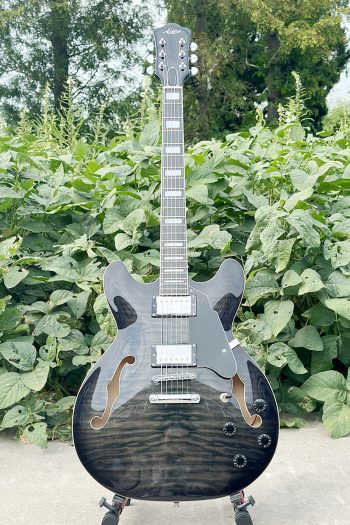
Black Colour Curly Ash Semi Hollow Electric Jazz Guitar
Original price was: $629.00.$289.00Current price is: $289.00. Add to cart - Sale!


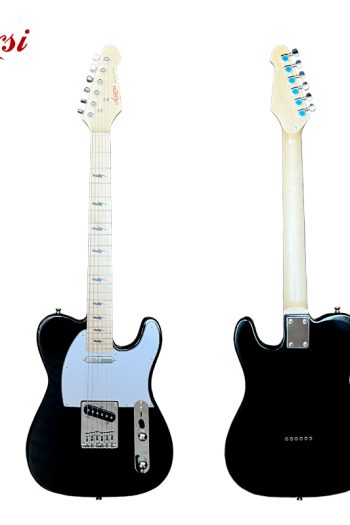
Black Colour Lightning Tele Electric Guitar
Original price was: $229.00.$199.00Current price is: $199.00. Add to cart - Sale!


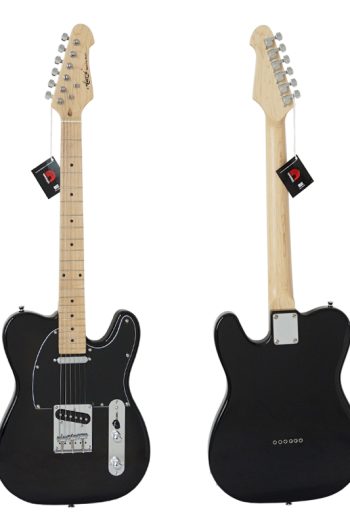
Black Colour TL Style Basic Electric Guitar
Original price was: $219.00.$186.00Current price is: $186.00. Add to cart -


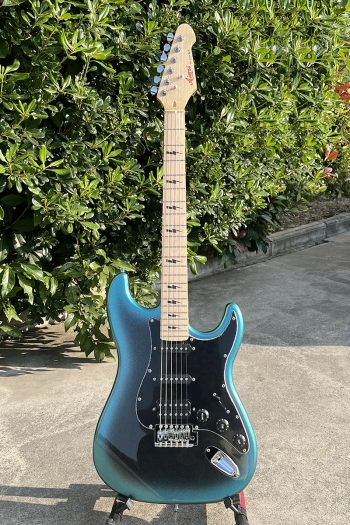
Blueburst ST Electric Guitar
$169.00 Add to cart - Sale!


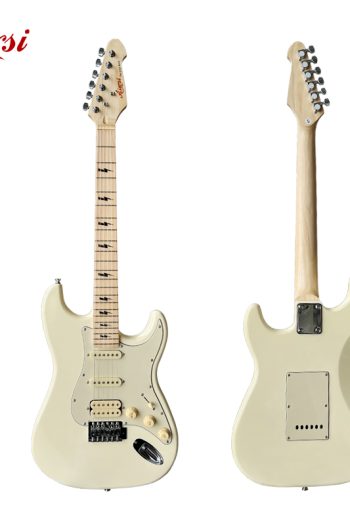
Cream White Colour Lightning St Electric Guitar
Original price was: $229.00.$199.00Current price is: $199.00. Add to cart - Sale!


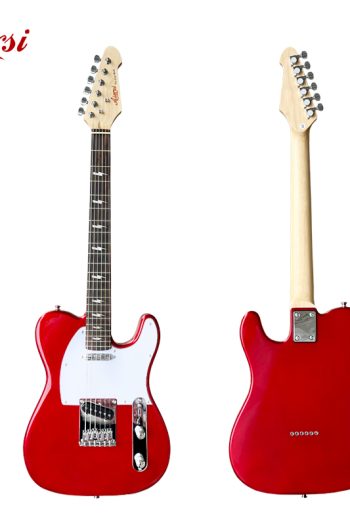
Fiesta Red Colour Lightning Tele Electric Guitar
Original price was: $229.00.$209.00Current price is: $209.00. Add to cart - Sale!


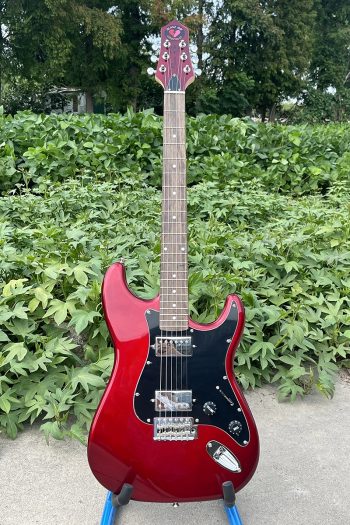
Fiesta Red Custom Japanese brand electric guitar
Original price was: $169.00.$149.00Current price is: $149.00. Add to cart - Sale!


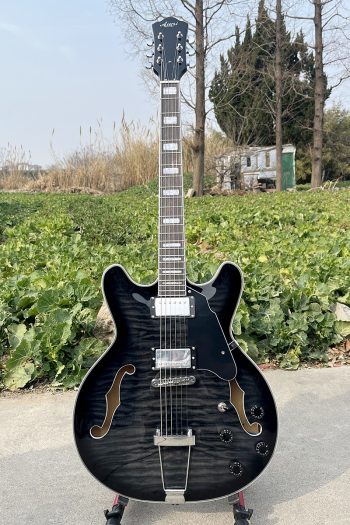
Glossy Black Water Ripples Semi Hollow Jazz Gutar
Original price was: $650.00.$550.00Current price is: $550.00. Add to cart - Sale!


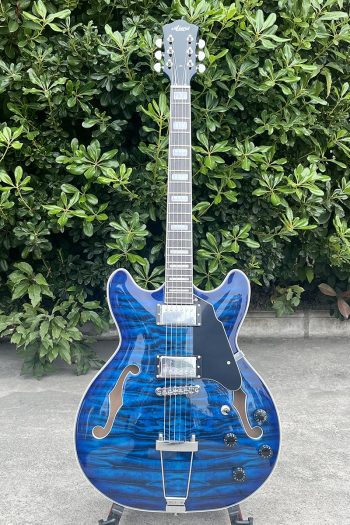
Glossy Blue Colour Ripples Semi Hollow Jazz Guitar
Original price was: $650.00.$325.00Current price is: $325.00. Add to cart - Sale!


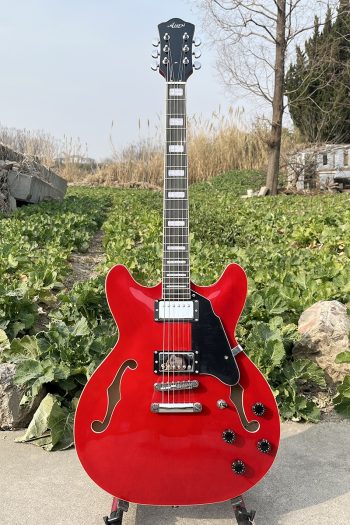
Glossy Red Semi Hollow Jazz Electric Guitar
Original price was: $600.00.$300.00Current price is: $300.00. Add to cart - Sale!


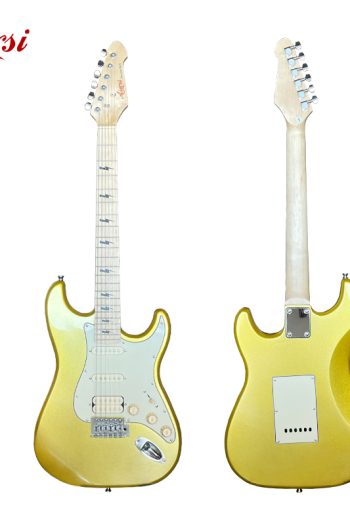
Golden Colour Lightning St Electric Guitar
Original price was: $229.00.$199.00Current price is: $199.00. Add to cart








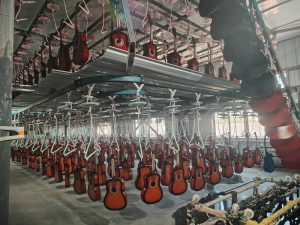




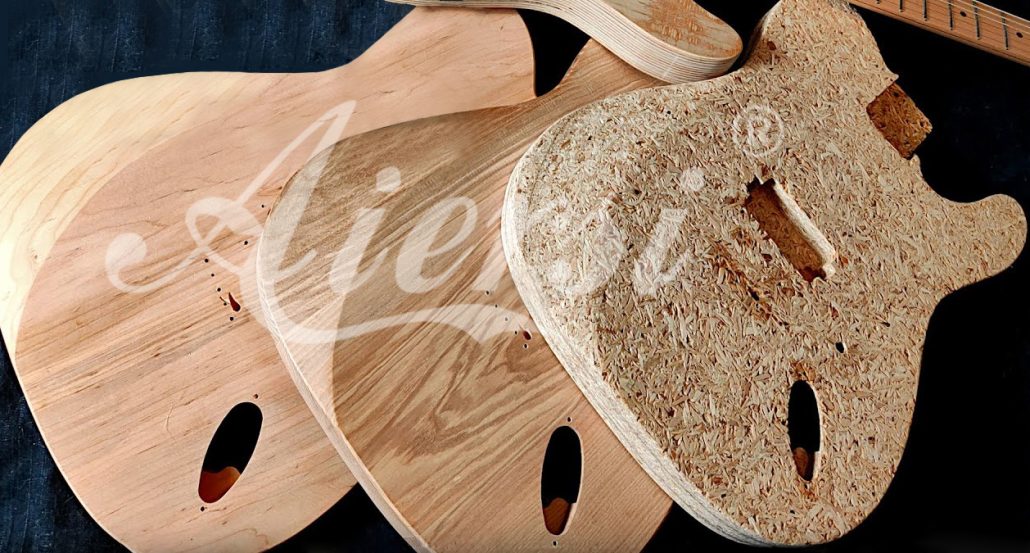
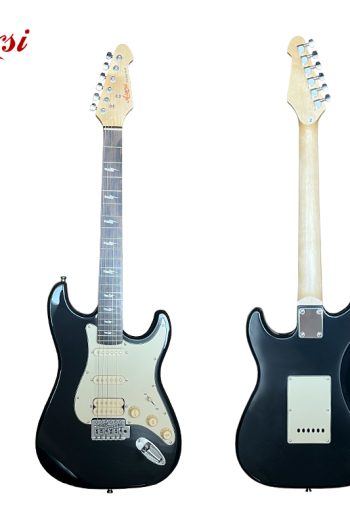
Latest Reviews